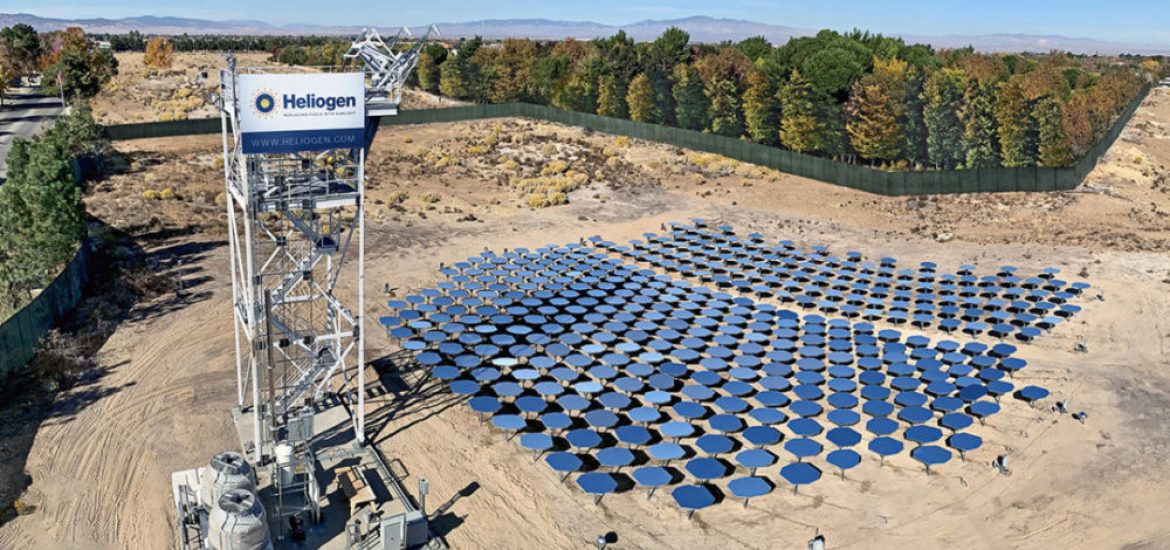
The renewables firm Heliogen says it is looking to replace fossil fuels with carbon-free heat and to transform sunlight into fuel at an industrial scale.
Commercial concentrating solar thermal operations have previously been designed to reach temperatures of around 565°C, which is insufficient for many industrial needs.
The Heliogen technology aims to reach temperatures above 1,000°C.
Heliogen aims to replace the industrial use of fossil fuels with solar energy for the first time. Cement production accounts for more than 7 per cent of global carbon emissions.
The firm is aiming to create temperatures of up to 1,500°C, which could split carbon dioxide and water to make 100 per cent fossil-free fuels like hydrogen or syngas.
Heliogen is working with Parsons Corporation, a defence manufacturer with experience in the development and implementation of innovative solar thermal projects.
Heliogen said it was able to achieve breakthrough temperatures as a result of its technology that used advanced computer-vision software to hyper-accurately align a large array of mirrors to reflect sunlight to a single target.
The Pasadena-based firm said its team included scientists and engineers from Caltech, MIT and other major institutions.
“As a company, we deliver sustainable solutions to our customers and we look forward to bringing Heliogen’s breakthrough technology to scale with our industry partners,” said Michael Chung, the energy solutions boss at Parsons.
Bill Gross, the CEO of Heliogen, said: “The world has a limited window to dramatically reduce greenhouse gas emissions. We’ve made great strides in deploying clean energy in our electricity system. But electricity accounts for less than a quarter of global energy demand. Heliogen represents a technological leap forward in addressing the other 75 per cent of energy demand: the use of fossil fuels.”
The tech giant turned philanthropist Bill Gates said: “Today, industrial processes like those used to make cement, steel and other materials are responsible for more than a fifth of all emissions. These materials are everywhere in our lives but we don’t have any proven breakthroughs that will give us affordable, zero-carbon versions of them.
“If we’re going to get to zero-carbon emissions overall, we have a lot of inventing to do. I’m pleased to have been an early backer of Bill Gross’s novel solar concentration technology. Its capacity to achieve the high temperatures required for these processes is a promising development in the quest to one day replace fossil fuel.”
Picture credit: Heliogen





